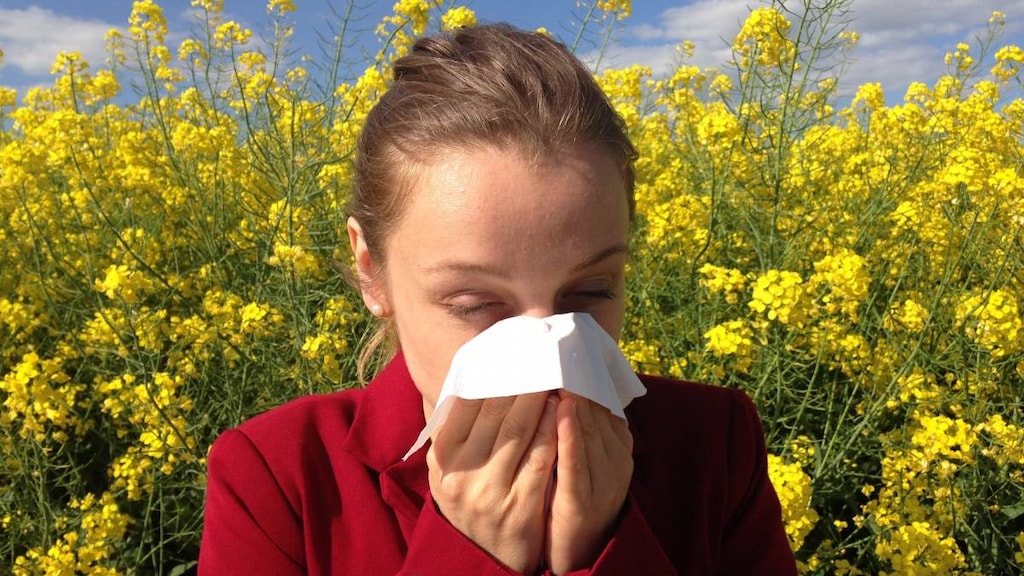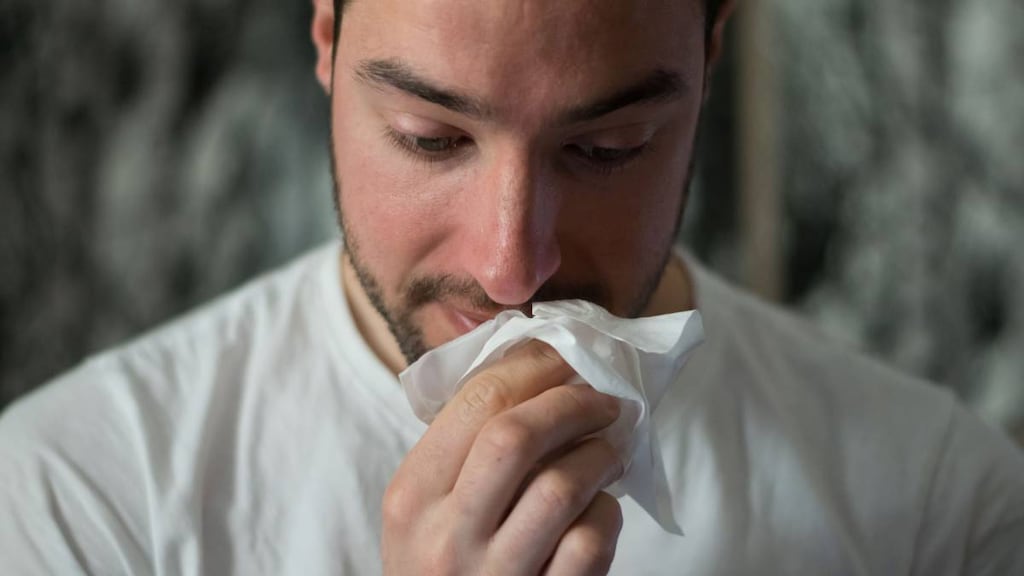Dosage Forms
Excipient information presented when available (limited, particularly for generics); consult specific product labeling.
Gel, Ophthalmic, as etabonate:
Lotemax: 0.5% (5 g) [contains benzalkonium chloride, edetate disodium dihydrate, propylene glycol]
Lotemax SM: 0.38% (5 g) [contains benzalkonium chloride, edetate disodium dihydrate, propylene glycol]
Ointment, Ophthalmic, as etabonate:
Lotemax: 0.5% (3.5 g)
Suspension, Ophthalmic:
Inveltys: 1% (2.8 mL) [contains benzalkonium chloride, edetate disodium dihydrate]
Suspension, Ophthalmic, as etabonate:
Alrex: 0.2% (5 mL, 10 mL)
Lotemax: 0.5% (5 mL, 10 mL, 15 mL)
Generic: 0.5% (5 mL, 10 mL, 15 mL)
Pharmacology
Mechanism of Action
Corticosteroids inhibit the inflammatory response including edema, capillary dilation, leukocyte migration, and scar formation. Loteprednol is highly lipid soluble and penetrates cells readily to induce the production of lipocortins. These proteins modulate the activity of prostaglandins and leukotrienes.
Pharmacokinetics/Pharmacodynamics
Absorption
Minimal; chronic ophthalmic administration resulted in plasma levels of loteprednol and its metabolite below the level of quantitation (1 ng/mL).
Distribution
Penetrates most readily into the cornea, followed by the iris/ciliary body and aqueous humor.
Metabolism
Metabolized to inactive carboxylic acid metabolites by corneal esterases primarily in the cornea. Once the glucocorticoid receptor is activated, loteprednol undergoes rapid metabolism and minimizing adverse effects (Sheppard 2016).
Onset of Action
Seasonal allergic conjunctivitis: Reduction of symptoms seen within 2 hours of instillation
Use: Labeled Indications
Ophthalmic inflammatory conditions (0.5% suspension): Treatment of ocular, anterior segment inflammation that is expected to be responsive to topical corticosteroid therapy.
Postoperative inflammation/pain (0.38% gel; 0.5% suspension/ointment/gel; 1% suspension): Treatment of postoperative inflammation and pain following ocular surgery.
Seasonal allergic conjunctivitis (0.2% suspension): Temporary relief of signs and symptoms of seasonal allergic conjunctivitis.
Contraindications
Hypersensitivity to loteprednol, other corticosteroids, and any component of the formulation; untreated ocular infection (bacterial, viral, varicella, fungal, mycobacteria).
Dosage and Administration
Dosing: Adult
Ophthalmic inflammatory conditions: Ophthalmic: 0.5% suspension: Instill 1 to 2 drops into the conjunctival sac of the affected eye(s) 4 times daily. During the initial treatment within the first week, the dosing may be increased up to 1 drop every hour. Do not discontinue therapy prematurely; withdraw therapy with gradual tapering of dose in chronic conditions. If signs and symptoms fail to improve after 2 days, re-evaluate the patient.
Postoperative ophthalmic inflammation/pain: Ophthalmic:
0.38% gel: Apply 1 drop into the conjunctival sac of the affected eye(s) 3 times daily beginning 24 hours after surgery and continuing throughout the first 2 weeks of the postoperative period.
0.5% ointment: Apply ~1/2 inch ribbon into the conjunctival sac of the affected eye(s) 4 times daily beginning 24 hours after surgery and continuing throughout the first 2 weeks of the postoperative period.
0.5% gel, 0.5% suspension: Instill 1 to 2 drops into the conjunctival sac of the affected eye(s) 4 times daily beginning 24 hours after surgery and continuing throughout the first 2 weeks of the postoperative period.
1% suspension: Instill 1 to 2 drops into the affected eye(s) twice daily beginning the day after surgery and continuing throughout the first 2 weeks of the postoperative period.
Seasonal allergic conjunctivitis: Ophthalmic: 0.2% suspension: Instill 1 drop into affected eye(s) 4 times daily.
Dosing: Geriatric
Refer to adult dosing.
Dosing: Pediatric
Postoperative inflammation and pain: Infants, Children, and Adolescents: Ophthalmic: 0.5% gel (Lotemax): Instill 1 to 2 drops into the conjunctival sac of the affected eye(s) 4 times daily beginning postoperative day 1 and continuing throughout the first 2 weeks of the postoperative period; trials in young pediatric patients (mean age: 3 years) were conducted following cataract surgery.
Administration
For topical ophthalmic use only; to avoid contamination, do not touch dropper or tube tip to eyelids or other surfaces. Remove contacts prior to administration. Contact lenses should not be worn when using ophthalmic gel, ointment, or suspension. However, contact lenses may be reinserted 15 minutes following administration. When used for the treatment of seasonal allergic conjunctivitis, do not wear contacts if eyes are red.
Gel: While bottle is closed, invert and shake once to fill tip prior to instilling drops.
Suspension: Shake well before using.
Storage
Store at 15°C to 25°C (59°F to 77°F); do not freeze.
Drug Interactions
Ritodrine: Corticosteroids may enhance the adverse/toxic effect of Ritodrine. Monitor therapy
Adverse Reactions
>10%:
Central nervous system: Foreign body sensation of eye (2% to 15%), headache (2% to <15%)
Endocrine & metabolic: Chemosis (5% to 15%)
Local: Application site burning (5% to 15%)
Ophthalmic: Anterior chamber inflammation (2% to 25%), blurred vision (5% to 15%), epiphora (5% to 15%), eye discharge (5% to 15%), eye pruritus (5% to 15%), injected sclera (5% to 15%), photophobia (5% to 15%), visual disturbance (5% to 15%), xerophthalmia (5% to 15%)
Respiratory: Pharyngitis (<15%), rhinitis (<15%)
1% to 10%:
Dermatologic: Erythema of eyelid (<5%)
Ophthalmic: Conjunctival hyperemia (4% to 5%), corneal edema (4% to 5%), eye pain (1% to 5%), conjunctivitis (<5%), corneal changes (<5%), eye discomfort (<5%), eye irritation (<5%), keratoconjunctivitis (<5%), uveitis (<5%), increased intraocular pressure (2%), posterior capsule opacification (1%)
Miscellaneous: Papilla (<5%)
Warnings/Precautions
Concerns related to adverse effects:
- Cataracts: Use of corticosteroids may result in posterior subcapsular cataract formation. Use following cataract surgery may delay healing and increase the incidence of bleb formation.
- Corneal thinning: Various ophthalmic disorders, as well as prolonged use of corticosteroids, may result in corneal and scleral thinning. Continued use in a patient with thinning may result in perforation.
- Glaucoma: Prolonged use of corticosteroids may result in elevated intraocular pressure (IOP) and/or glaucoma; damage to the optic nerve; and defects in visual acuity and fields of vision. Use with caution in patients with glaucoma; monitor IOP in any patient receiving treatment for ≥10 days.
- Immunosuppression: Prolonged use of corticosteroids (including ophthalmic preparations) may increase the incidence of secondary ocular infections (including fungal infections). Acute purulent ocular infections may be masked or exacerbated with use. Fungal infection should be suspected in any patient with persistent corneal ulceration who has received corticosteroids.
- Systemic absorption: Studies have demonstrated topical ophthalmic corticosteroids are absorbed systemically and may cause endogenous corticosteroid production reduction. Caution is advised with prolonged use of topical ophthalmic corticosteroids in terms of systemic immunosuppression and additional systemic hazard of corticosteroid exposure (Burch 1968).
Disease-related concerns:
- Herpes simplex: Corticosteroids should not be used to treat ocular herpes simplex; may exacerbate the severity of the infection. Use extreme caution in patients with history of herpes simplex.
Special populations:
- Contact lens wearers: Some preparations may contain benzalkonium chloride, which may be absorbed by contact lenses. Contact lenses should not be worn when using loteprednol 0.38% gel or 0.5% ophthalmic gel, ointment, or suspension. However, contact lenses may be reinserted 15 minutes following administration of loteprednol 1% ophthalmic suspension or ≥10 minutes following administration of loteprednol 0.2% ophthalmic suspension.
- Pediatric: Avoid use of ointment in children following amblyopia treatment since ointment consistency may hinder ability to see out of treated eye.
Dosage form specific issues:
- Propylene glycol: Some dosage forms may contain propylene glycol; large amounts are potentially toxic and have been associated with hyperosmolality, lactic acidosis, seizures, and respiratory depression; use caution (AAP ["Inactive" 1997]; Zar 2007).
Other warnings/precautions:
- Acute anterior uveitis: More potent steroids may be required for this indication.
- Appropriate use: For ophthalmic use only; patients should be re-evaluated if symptoms fail to improve after 2 days. Initial prescription and renewal of medication after 14 days should be made by healthcare provider only after examination with the aid of magnification such as slit lamp biomicroscopy or fluorescein staining (if appropriate). Avoid contamination; do not touch tip of applicator or let tip of applicator touch eye.
Monitoring Parameters
Intraocular pressure (if >10 days of treatment); signs and symptoms of infection
Pregnancy
Pregnancy Considerations
Adverse events have been observed in animal reproduction studies following oral administration. The amount of loteprednol absorbed systemically following ophthalmic administration is not known but expected to be <1 ng/mL. If ophthalmic agents are needed during pregnancy, the minimum effective dose should be used in combination with punctal occlusion to decrease potential exposure to the fetus (Samples 1988).
Patient Education
What is this drug used for?
- It is used to treat eye irritation.
- It is used to ease allergy signs.
- It is used to treat eye swelling.
- It is used to treat eye pain after eye surgery.
Frequently reported side effects of this drug
- Headache
- Burning
- Itching
- Dry eyes
- Blurred vision
- Foreign body sensation in eye
- Runny nose
- Sore throat
Other side effects of this drug: Talk with your doctor right away if you have any of these signs of:
- Vision changes
- Eye pain
- Severe eye irritation
- Signs of a significant reaction like wheezing; chest tightness; fever; itching; bad cough; blue skin color; seizures; or swelling of face, lips, tongue, or throat.
Note: This is not a comprehensive list of all side effects. Talk to your doctor if you have questions.
Consumer Information Use and Disclaimer: This information should not be used to decide whether or not to take this medicine or any other medicine. Only the healthcare provider has the knowledge and training to decide which medicines are right for a specific patient. This information does not endorse any medicine as safe, effective, or approved for treating any patient or health condition. This is only a brief summary of general information about this medicine. It does NOT include all information about the possible uses, directions, warnings, precautions, interactions, adverse effects, or risks that may apply to this medicine. This information is not specific medical advice and does not replace information you receive from the healthcare provider. You must talk with the healthcare provider for complete information about the risks and benefits of using this medicine.




